Businesses have to overcome numerous challenges to succeed. No wonder you, as a business owner, should be able to effectively speak the language of business. But with so many terms and phrases like ATV and VAT floating around, it can be hard to know exactly what each one means.
But hey! We’ve got you covered! This guide is here to help with that. Below, we’ll take a look at one specific term in particular: ATV.
We’ll explain what those letters stand for and go into detail about what exactly ATV means in finance. Also, we will explore why it matters and how to improve it.
Let’s begin with a simple definition and find out what the letters ATV stand for.
ATV stands for Average Transaction Value. This is a really important term in the world of business. Even though it might sound quite complex at first, it’s actually pretty simple to understand.
So, what does ATV mean? Well, a business’ ATV is simply the average dollar amount earned by the business per transaction in a given period of time. For example, you can work out your ATV over the course of a year to see the average amount of revenue you made on each and every sale for that year.
Here we should explain that often ATV and AOV get mixed up. But while ATV is the average amount spent per transaction, AOV or Average Order Value is the amount spent per order.
Before we proceed, let’s clarify something else. When you look online to find out information about ATV values, you might be a little confused by some of the results…. You might find information about “4-wheeler values”! This is purely a semantic matter, as the acronym ATV is also used for all-terrain vehicles.
But remember that when talking about eCommerce and business metrics, the term ATV only refers to average transaction value… Unless you are selling ATVs and want to check your ATV values.
So, why is it important to be aware of your ATV? And why is this value so important for modern businesses? Well, there are various key reasons to track ATVs for different periods:
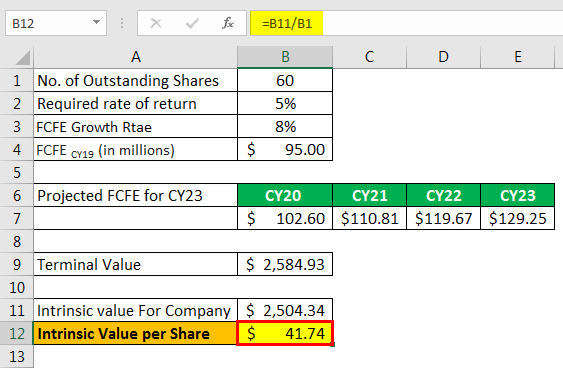 By looking at the average amount that customers spend with you, you can get a general feel for fair, competitive prices to apply to these other items.
By looking at the average amount that customers spend with you, you can get a general feel for fair, competitive prices to apply to these other items.So, now that you know about ATV values, you might want to know how to actually work out this particular sales metric. It’s relatively simple to calculate your ATV, and you can use the following formula to do so:
ATV = Sales / Number of transactions
In other words, to calculate the average transaction value for a certain period of time, all you have to do is take the total sales figure for that time and divide it by the number of sales transactions made. We can look at a quick example to illustrate this idea:

ATV is really important in the retail industry. In fact, many retail stores and businesses want to find ways to boost or increase their ATV (to get more revenue for every item sold, on average). So, how do you do this? Well, there are quite a few methods you can use to potentially increase your retail ATV:
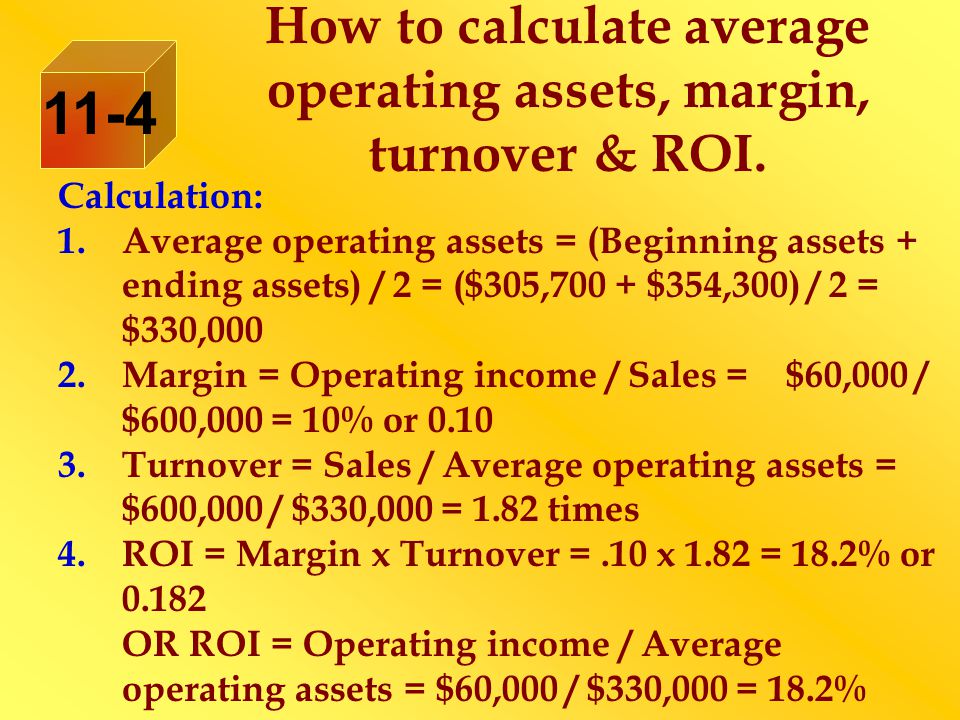
Need some help with all that? No worries! To help you get a better understanding of your business, cash flow and user insights, we at Tarya Fintech provide advanced technology to help you offer flexible financing to your customers, increase ATV and ROI, and stay ahead of the game. Are you ready to boost your sales? Let’s get started then!
by Britney Brown
If you’re in the world of retail, you’re likely familiar with the concept of analyzing your own data to improve your business.
Similar to how people counting solutions and foot traffic data can be used to gauge the number of potential customers in your store, figures obtained from your sales activities can help you determine how efficiently your business is run and how your operations could be improved.
One such figure that’s important for both brick and mortar shops as well as online retailers is average transaction value, or ATV for short.
Related: 15 Key Metrics (KPIs) to Measure Retail Store Performance
As the name suggests, average transaction value is the average amount of money – usually measured in dollars – spent by a consumer on a single transaction.
To calculate the ATV for your retailer, all you have to do is divide the total value of all transactions within a specific time frame by the number of transactions that occurred during that timeframe.
ATV = Total value of all transactions / Number of transactions
Let’s say you want to calculate the ATV for your clothing store from 2-6 PM on a Saturday.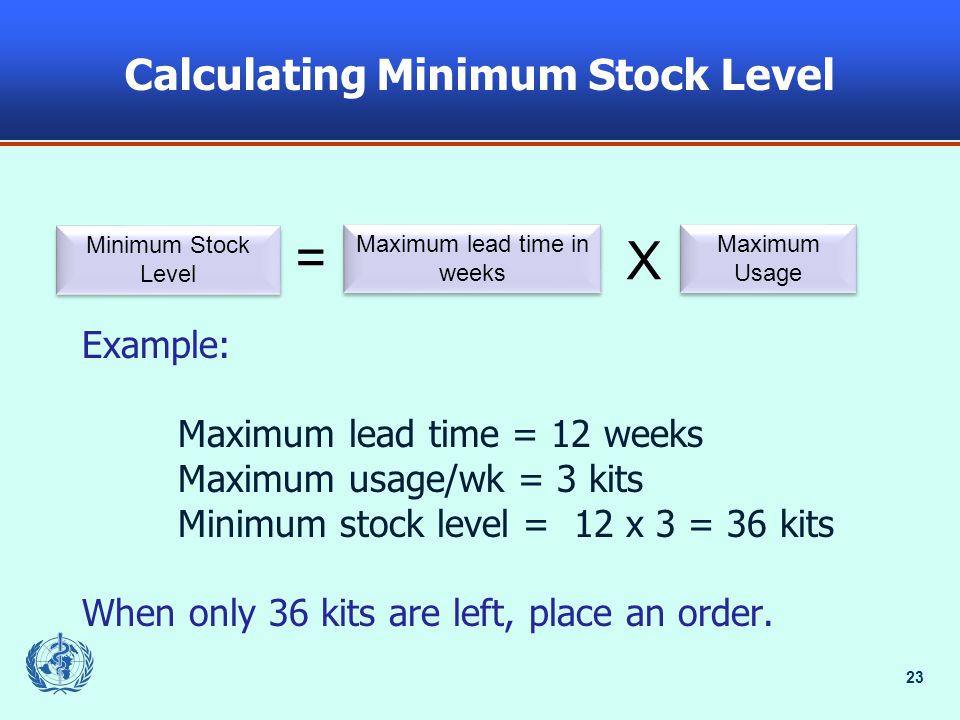 You would first take the total value of all transactions made at your store during that four-hour window, which we’ll assume is $10,000.
You would first take the total value of all transactions made at your store during that four-hour window, which we’ll assume is $10,000.
Then, you would look at the number of transactions for that same time period, and here we’ll say you had 200 transactions. That would mean your clothing store had an average transaction value of $50 for that particular Saturday afternoon.
Generally speaking, it is harder for retailers to draw in new customers than it is to cater to their existing clientele.
With this fact in mind, your goal in measuring the ATV for your retailer should be to increase the amount spent by the customers you already have.
To revisit the clothing store example, you can use your ATV from that particular Saturday afternoon – $50 – to set a new ATV goal of $55 for the following week. Assuming you had the same number of transactions as the previous weekend, that $5 increase per transaction would put your Saturday afternoon earnings at $11,000 – meaning your business could pull in $1,000 more without changing the volume or type of customer it attracts.
Related: How to Calculate (and Increase) Retail Conversion Rate
Most modern POS systems will readily display your average transaction value from a certain time, but if you want to do a more thorough analysis of your customer base, it’s a good idea to combine this information with data from your door counter.
According to a 2011 study on how foot traffic affects sales and conversion rates in retailers, “increasing average traffic per hour by 1 unit increases average sales volume per hour by $9.97” – so, if your store gets a lot of foot traffic during a certain time period with little to no effect on conversion rates or ATV, you’ll know it is time to make improvements.
You could try amalgamating your foot traffic data and ATV manually, but nowadays you can also find advanced people counter solutions like Dor’s thermal foot traffic counter, whose API easily integrates with your existing POS system to display foot traffic data, conversion rates and ATV information, all on a single dashboard screen.
Click here to discover how a people counting solution like Dor can help you understand your store's ATV and other important metrics on a single screen.
Although the average transaction value will vary greatly from one store to the next due to a number of factors, there are certain figures that are applicable to the retail industry as a whole.
According to data from Vend’s 2019 Retail Benchmarks Report, the global average transaction value in retail was $54.14 this year, reflecting a slight increase from last year’s $53.98.
As conventional wisdom would suggest, retailers of big-ticket items had the highest ATV in 2018, with furniture stores averaging $248.42 per transaction, followed by jewelry, luggage and leather goods stores at $126.87. By contrast, the lowest ATV came from specialty food stores, with an average figure of $22.88, followed by beer, wine and liquor stores at $33.12.
Of course, these figures may not perfectly correlate to your business, but knowing where you fit in within the global trend for your retail category will likely inform any decisions you make to improve your ATV.
Let's see what we can do to increase our average transaction value!
Properly training your salespeople is crucial if you want to up your ATV game.
Ideally, you want them interacting with customers from the moment they walk into your store. Not only must they know enough about your merchandise selection to answer any questions they receive from potential customers, but your sales associates should also actively try to up-sell or cross-sell items.
Related: 5 Retail Associate Skills to Boost In-store Conversions
For those unfamiliar with these terms, up-selling is where a sales associate encourages a customer to spend more for an item than he or she originally intended.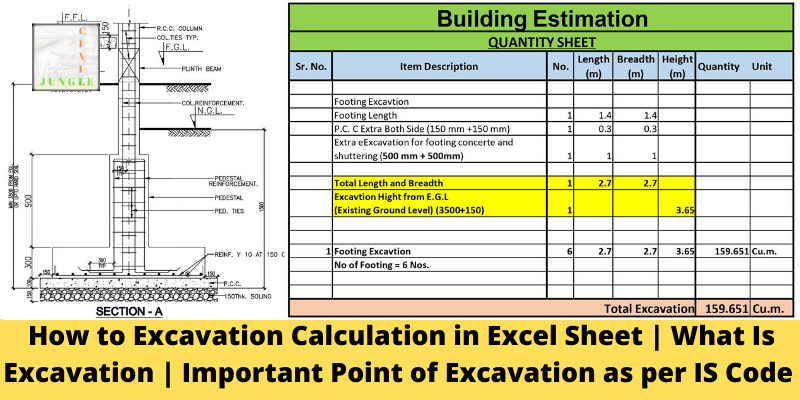
The general rationale behind up-selling is that the customer may spend more money upfront, but the item will last them longer than a cheaper alternative, thus saving them money in the long run.
By contrast, cross-selling is when a sales associate encourages the customer to purchase additional items that complement the original item they came to buy.
In our clothing store example, up-selling would be convincing the customer to purchase a $100 jacket instead of a $50 one, while cross-selling would be persuading them to buy jeans and a t-shirt along with the jacket.
Depending on the size of your retailer, you can even set specific sales and ATV goals per salesperson, or you can encourage your employees to compete for higher ATVs by offering them bonuses and other incentives to succeed.
If you’re a retailer, one of the simplest ways to boost engagement between your customers and your salespeople is to limit the amount of merchandise on the floor.
Not only will this give your space a more showroom-like feel, but it will encourage customers to consult your employees for assistance, giving them the opportunity to up-sell and cross-sell products throughout your store.
Another important factor to consider is impulse purchases. Naturally, you want your customers making as many impulse purchases as possible, so it’s a good idea to store small, affordably priced and eye-catching items near the cash register, along with gift cards they can purchase for their loved ones.
Regardless of the type of retailer you operate, there are at least two or three items throughout your store that could – and should – be sold together.
If you’re a hardware store, this can be a simple set of tools, or if you’re a stationery store, it can be a curated selection of back-to-school items. The idea here is to offer “bundle deals” on products so that customers perceive they’re getting a good deal while you increase your average transaction value.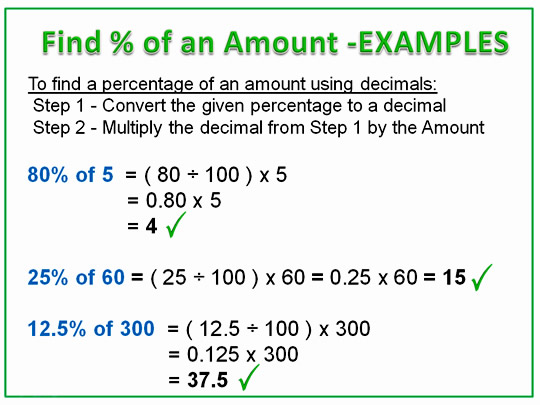
Related: 15 Video Marketing Tips for Retailers to Increase Sales
Another idea aimed specifically at raising the ATV is to offer promotions for a set amount of money spent at your store – offers like 10% off $100 or $20 back for every $500 spent in-store can do wonders to drum up sales.
Knowing the ATV for your retailer can also help you segment your sales and promotional offers.
For instance, if you’ve determined that there is a group of customers who routinely spend around $50 more than the average customer, you may choose to offer them a loyalty program where they’ll earn points to spend in-store or receive perks like gift vouchers on their birthday.
Related: 15 Email Marketing Tips for Retailers to Increase Sales
A well-designed loyalty program will not only help you keep existing customers and draw in new ones, but it may even assist you in selling slow-moving merchandise. If you’ve got a loyalty program based on points, you can try this psychology-based retail experiment: Assign more points than you would to a rather unpopular item and see if it raises the item’s perceived value in your customers’ eyes.
If you’ve got a loyalty program based on points, you can try this psychology-based retail experiment: Assign more points than you would to a rather unpopular item and see if it raises the item’s perceived value in your customers’ eyes.
You just might be surprised at the results.
When we think of flexible payment options such as layaway or installments, we generally think of businesses that sell big-ticket items like electronics or furniture. But that doesn’t necessarily have to be the case.
Nowadays, there are fin-tech solutions that allow merchants to offer these types of payment options without having to open a line of credit. On the consumer side, the elimination of exorbitant interest fees is a huge benefit.
Depending on the type of retailer you operate, you can even use flexible payment options to incentivize your customers to spend more per purchase. For instance, you may require customers to spend $500 or more on a single purchase to take advantage of payment by installments, or offer layaway only for items valued at $1,000 or above.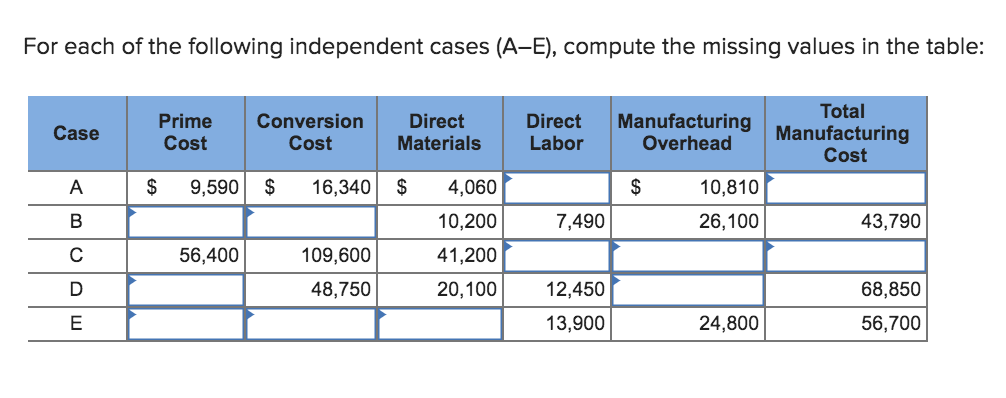
Although the total number may be much higher than the customer was originally willing to spend, the fact that they’ll part with the money gradually instead of all at once may generate a profound psychological impact – which translates into a higher average transaction value for your business.
Get data faster with the world’s first thermal-sensing, battery-operated people counter
Online Form - BLOG - getdor.com V2 - Get a demo
Online Form - Newsletter
Please enable JavaScript to view the comments powered by Disqus.
September 9, 2021
Average transaction value (ATV) is an important financial metric for companies that provide products and services. This indicator is also important for monitoring the effectiveness of the sales process. In addition, an increase in ATV often leads to an increase in revenues and profits. In this article, we'll discuss what average transaction value is, why it's important, how to calculate ATV, and tips for increasing this important metric.
In addition, an increase in ATV often leads to an increase in revenues and profits. In this article, we'll discuss what average transaction value is, why it's important, how to calculate ATV, and tips for increasing this important metric.
In retail, average transaction value is a key performance indicator that measures how effective a company's sales operations are. ATV can also provide insight into the performance and productivity of sales teams. Many companies often measure ATV along with other important sales KPIs such as units per transaction (UPT) and sales conversion rates. You can calculate ATV by applying a simple formula:
ATV = (total sales) ÷ (number of transactions)
Windows programs, mobile applications, games - EVERYTHING is FREE, in our closed telegram channel - Subscribe :)
Dividing the total sales income by the number of transactions for the measured period , you will get the average transaction value.
Your company's ATV is important because it measures the overall performance of sales teams and each sales process. Consider a few more reasons why measuring ATV is important:
Consider a few more reasons why measuring ATV is important:
Average transaction value is important in understanding how sales teams approach customers, sell products and services, and drive sales to customers. ATV provides insight into how effective the sales strategies and methods that teams are using to encourage customer purchases are. If ATV is low, companies can implement various support strategies to improve team performance. A higher ATV score may indicate that sales teams are using successful approaches and best practices to increase sales and increase revenue.
ATV metrics are also important for monitoring each step of the sales process to ensure the effectiveness of various operations. For example, companies can evaluate the success of various customer touchpoints to understand how these tactics support sales transactions. Understanding how effectively the sales process works to acquire, attract, and attract new customers can help your organization improve performance in these areas to increase sales.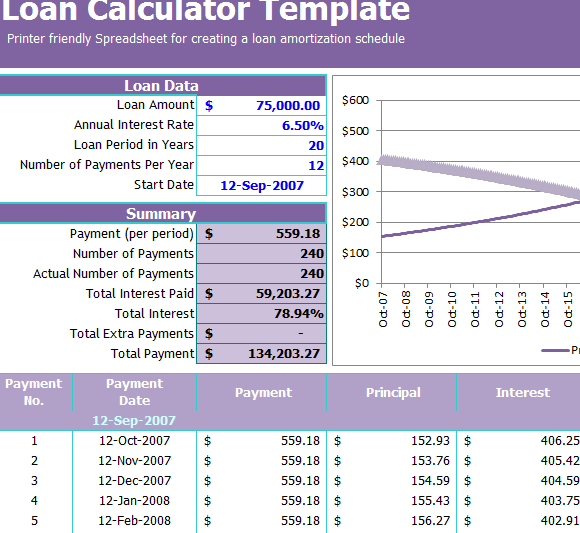
A company's profitability depends on its ability to generate sales and revenue. While more sales transactions can lead to higher revenues, a higher ATV often means companies make more profit per customer transaction. Since ATV calculates the average amount a business earns per sale, it can evaluate this figure to determine the most effective strategies to encourage customers to make larger purchases.
Average transaction value is also important for financial analysis and budgeting. Companies often evaluate ATVs to understand how marketing and advertising processes are attracting and converting customers. ATV can provide insight into your organization's ROI on marketing or advertising spending by showing you which strategies are most beneficial for customer acquisition. Generally, a higher return on investment in marketing and advertising indicates an increase in customer conversions and sales, resulting in a higher ATV.
To calculate ATV, follow these steps to apply the formula:
Determine the period for which you want to measure ATV. For example, some companies track ATV monthly, while others may track ATV every quarter. During the period you are measuring, determine the total amount of your company's sales. Use this value in the formula for the total sales. As an example, suppose a business determines sales revenue of $10,000 for a period. This value is used in the formula:
ATV = (total sales) ÷ (number of transactions) =
ATV = ($10,000) ÷ (number of transactions)
ATV = (total sales) ÷ (number of transactions) =
ATV = ($10,000) ÷ (465)
 Divide total sales by total number of transactions.
Divide total sales by total number of transactions. Once you know your sales revenue and number of transactions, divide the two using the formula. Using the previous business example, the calculation results in:
ATV = (total sales) ÷ (number of transactions) =
ATV = ($10,000) ÷ (465) =
ATV = $21.51.
When calculating ATV, analyze the results to understand how this value supports your company's revenue and sales goals. Companies can evaluate an effective ATV that shows overall sales performance and profitability. However, this value ultimately depends on the type of products or services the company provides to customers. For example, a luxury home goods company might find a $21.51 ATV too low, while a small coffee shop might find a $21.51 ATV profitable.
Increasing your average transaction value is essential to generating revenue and profit. In addition, ATV may depend on the efficiency and success of sales teams.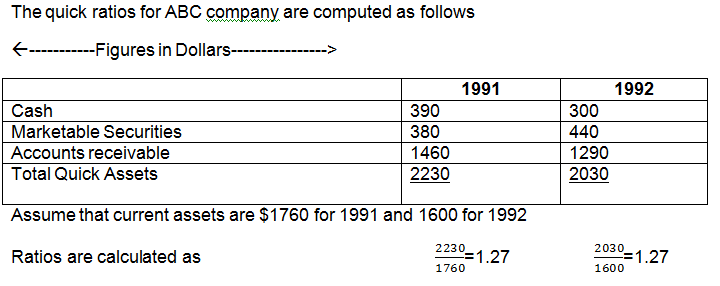 To increase ATV and maintain higher profitability, consider the following tips:
To increase ATV and maintain higher profitability, consider the following tips:
Invest in sales training. Giving sales teams the opportunity to improve and develop new methods and skills can lead to more effective best practices leading to higher customer engagement and conversions.
Track other KPIs: Track ATV with other metrics, including average marketing spend and advertising ROI, as these KPIs can help you and your teams change and improve effective sales strategies.
Implementation of product strategies. In retail stores, displaying merchandise in a way that grabs the attention of shoppers can drive product sales and support teams' cross-selling practices.
Attract customers with promotions. Consider limited time offers, product bundles and discounts to attract more customers and drive more sales.
Offer customer rewards: Loyalty programs can increase customer retention and encourage new customers to continue with your company after their first interaction, which can lead to more sales and increase your company's ATV.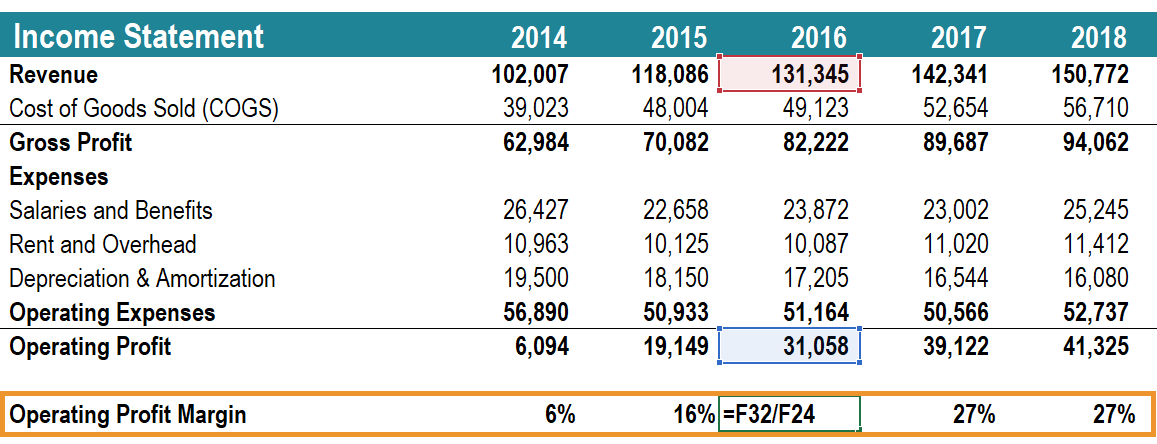
| |||||||
|